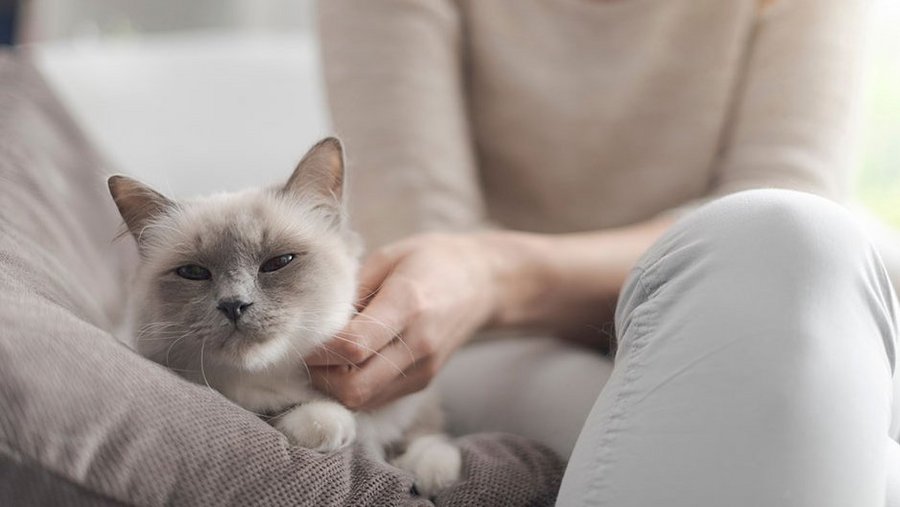Every cat has its own purr.
What is known about purring is that every cat has its own humming sound, which it retains from an early age throughout its life. This is usually around 26 Hertz. Weight and size play no role - at least in the case of domestic cats. The sound is produced both when breathing in and out. With only a tiny pause of 50 milliseconds, a pause that is imperceptible to human ears. What's more, our felines are not the only members of the Felidae family to produce this pleasant sound: ocelots, servals, lynx and desert lynx, pumas and cheetahs also produce the humming sound. And the sound has now even been detected in slinking cats and a species of monkey.
How do they do it, the purring?
One thing is clear: the purring is the result of a complicated redirection of the respiratory air flow involving parts of the body between the diaphragm and the larynx. But which ones exactly? Unlike humans, cats have two pairs of vocal cords. So-called "true" and "false" vocal cords. The latter, also known as the "atrial fold", has long been seen as the origin of humming. The hyoid bone or blood flows in the lungs and aorta have also been discussed. Today, the most common hypothesis is that it is caused by vibrations in the "true vocal cord pair". But this alone is not enough to explain this special, sonorous, continuous sound. It is modulated in some way. The latest findings show that nerve impulses influence the purring sounds like a kind of vibration generator.
Why do cats purr?
Even when it comes to the "why", not all questions have been answered. Of course, purring is always associated with well-being and social behavior. The cat is happy - so it purrs. The mother wants to soothe and spoil her puppies - so she purrs. However, as an attentive cat owner, you have probably noticed that your pet also purrs in completely different situations: for example, when it is injured or in pain. It has now been proven that a cat's purring is pleasant and beneficial for the owner. It lowers blood pressure, triggers the release of the happiness hormone serotonin, improves the wake-sleep rhythm, alleviates sleep disorders and prevents muscle atrophy. It is therefore conceivable that purring also has a "healing effect" on the animal itself. This is why it is sometimes referred to as "healing purring". But there is more: recent research has shown that the vibration of the purr strengthens the bones. A principle that is also used in vibration trainers for athletes and older people. So it could be that the cat trains its bones in its sleep, so to speak. These are probably not the last findings on cat purring. But perhaps we don't need to completely demystify it. It's just a miracle - just like our pets.

